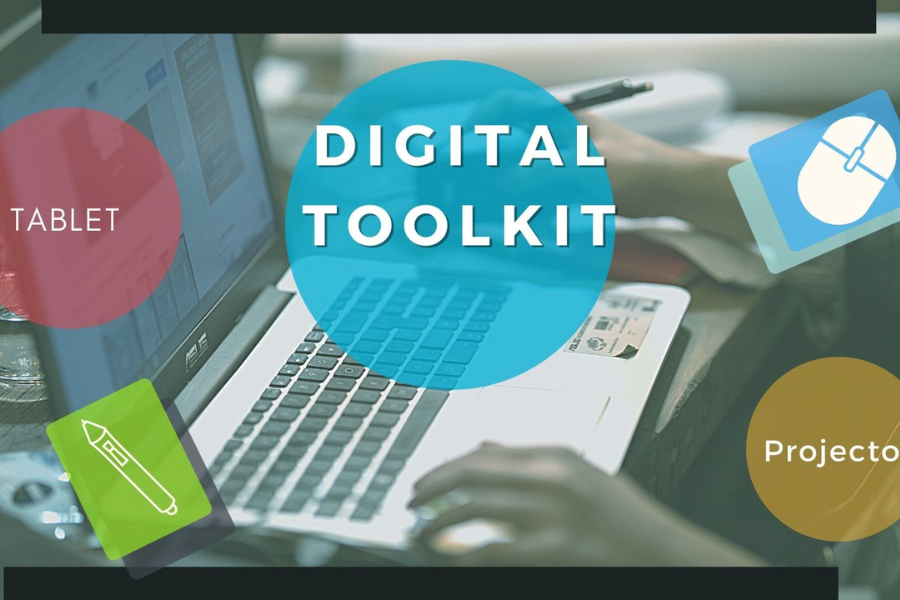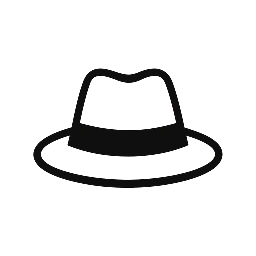Abstract
This article provides a comprehensive overview of the diverse solutions for screen printing online, catering to a wide spectrum of needs from individual creators to large-scale enterprises. It categorizes the various types of online platforms and services, outlining their unique offerings, advantages, and ideal use cases. By exploring these digital avenues, individuals and businesses can make informed decisions to streamline their custom apparel projects, leveraging technology for design, production, and even global distribution.
1. Introduction
The digital age has democratized access to countless industries, and custom apparel is no exception. While the craft of screen printing traditionally involved local print shops and in-person consultations, the internet has opened up a world of possibilities for creating custom shirts, hoodies, and other merchandise. The phrase explore solutions for screen printing online encapsulates a journey into a sophisticated ecosystem of platforms, each designed to meet specific demands for design, quantity, customization, and fulfillment. This guide will help you navigate these online solutions, enabling you to choose the perfect fit for your next screen printing project.
2. Categorizing Online Screen Printing Solutions
Online platforms offering screen printing services can generally be divided into several key categories, each with its own set of features and ideal users:
2.1. Full-Service Online Custom Apparel Printers
These platforms offer an end-to-end solution, from robust online design tools to in-house screen printing and direct shipping. They are ideal for users who want a streamlined process without dealing with multiple vendors.
- Key Features:
- Intuitive online design studios with extensive template libraries, clipart, and font options.
- Direct quoting systems that factor in garment type, quantity, number of colors, and print locations.
- Wide selection of apparel blanks from various brands.
- Integrated screen printing facilities with quality control.
- Direct shipping to the customer.
- Ideal for: Businesses ordering uniforms, event organizers needing bulk merchandise, schools, and any user seeking convenience and a one-stop shop for custom screen-printed apparel.
- Examples: Custom Ink, VistaPrint (offers apparel), UberPrints.
2.2. Print-on-Demand (POD) Services

POD platforms allow users to upload designs, and then the garment is printed only after a customer places an order. While not exclusively screen printing (many use Direct-to-Garment for one-offs), some POD services or their underlying fulfillment partners may utilize screen printing for larger bulk orders or specific product types once a certain sales threshold is met.
- Key Features:
- No inventory management required for the user.
- No minimum order quantities (MOQ).
- Integration with e-commerce platforms (Shopify, Etsy, etc.) for automated order fulfillment.
- Global fulfillment networks, producing goods closer to the end customer.
- Ideal for: E-commerce entrepreneurs, artists selling merchandise, content creators, and anyone testing design ideas without upfront investment or inventory risk.
- Examples: Printful, Printify, Gelato, Redbubble (marketplace), Teespring.
2.3. Online Marketplaces with Design Tools
These platforms often combine elements of POD with a community marketplace, allowing independent designers to upload their work for sale on various products, including screen-printed shirts.
- Key Features:
- Curated designs from a global community of artists.
- Users can typically customize text or colors on existing designs.
- Revenue-sharing models for designers.
- Diverse product range beyond just t-shirts.
- Ideal for: Discovering unique designs, supporting independent artists, or for designers looking to sell their work without handling production.
- Examples: Zazzle, CafePress.
2.4. DIY Screen Printing Kit Providers and Resources
While not directly offering online printing services, these solutions empower individuals to learn and execute screen printing themselves, with online tutorials and e-commerce stores for supplies.
- Key Features:
- Starter kits, individual screens, emulsions, inks, and squeegees for sale online.
- Extensive online tutorials, video guides, and community forums.
- Emphasis on hands-on learning and small-batch production.
- Ideal for: Hobbyists, crafters, educators, or small businesses wanting full control over the production process for very small, unique runs.
3. Key Considerations When Exploring Online Solutions for Screen Printing
When you explore solutions for screen printing online, ask yourself these crucial questions:
3.1. Your Project’s Scale and Budget
- Quantity: Is it a single shirt, a dozen, or hundreds/thousands? Full-service printers are usually most cost-effective for larger bulk orders due to screen setup costs. POD is ideal for 1-off or small runs.
- Cost Transparency: Are all fees clearly stated (per-item cost, setup fees per color/screen, shipping)? Get an instant quote if possible.
3.2. Design Complexity and Color Requirements
- Number of Colors: Screen printing excels at designs with 1-6 solid colors. If your design is highly detailed, has many colors, or features gradients/photographs, check if the service can handle it well with screen printing (e.g., simulated process printing) or if they recommend an alternative like DTG (Direct-to-Garment) printing.
- File Formats: Understand the required artwork file formats (vector files like AI, EPS, SVG are usually best; high-res raster files like PNG, JPG for photos).
3.3. Turnaround Time and Shipping
- Production Speed: How quickly do they promise to print the order?
- Shipping Options: What are the shipping costs and estimated delivery times, especially if you need international shipping (e.g., to Armenia)?
- Local Fulfillment (for Global Brands): Some POD solutions have print partners globally, allowing orders to be fulfilled closer to the customer, reducing shipping times and costs.
3.4. Garment Selection and Quality
- Blanks Catalog: Does the platform offer the specific t-shirt brands, styles, sizes, and colors you need?
- Quality Assurances: What are their guarantees on print quality and garment durability? Look for customer reviews or options to order samples.
3.5. Ease of Use and Customer Support
- Design Tool: Is the online design interface intuitive and user-friendly?
- Customer Service: How responsive are they to inquiries (chat, email, phone)? Good support is vital for any online service.
4. Conclusion
To effectively explore solutions for screen printing online is to unlock a vast ecosystem of custom apparel possibilities. By understanding the distinct offerings of full-service printers, print-on-demand services, marketplaces, and DIY resources, users can strategically choose the platform that best aligns with their project’s scale, design complexity, budget, and desired level of involvement. This digital toolkit empowers individuals and organizations, anywhere in the world including Armenia, to efficiently transform their creative visions into tangible, high-quality screen-printed garments, making their message wearable and impactful.
